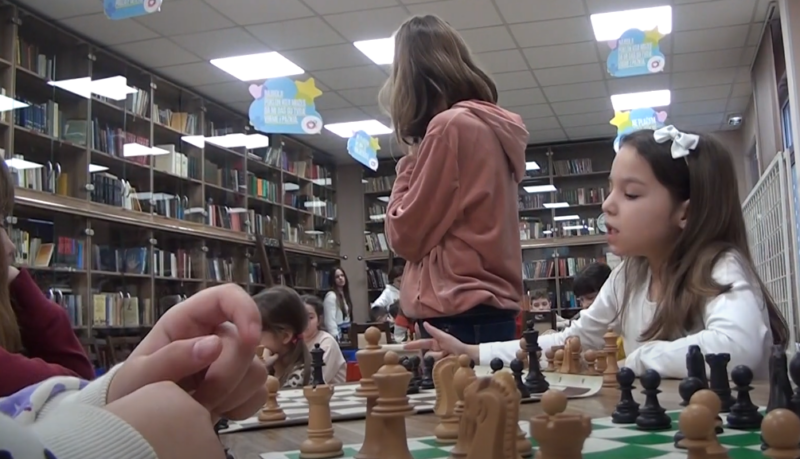Let’s get straight to the point: Can a King kill a King in Chess? The answer is a resounding no.
Chess, a game with a rich history spanning over a millennium, is played on an 8×8 board with each player controlling 16 pieces. The primary objective? To checkmate the opponent’s king, effectively putting it in a position where it’s under threat of capture with no legal moves left.
The game of chess is governed by a set of rules that dictate how each piece moves and interacts. For instance, a pawn moves forward but captures diagonally, while a knight has its unique L-shaped move.
But here’s the catch: while every other piece on the board can be captured, the kings never actually “take” each other. It’s a dance of strategy and tactics, where the kings remain the central figures, but they never directly engage in combat.
| Piece | Basic Movement |
| King | One square in any direction |
| Queen | Any number of squares in any direction |
| Rook | Any number of squares horizontally or vertically |
| Bishop | Any number of squares diagonally |
| Knight | L-shape: two squares in one direction and one square perpendicular |
| Pawn | Forward one square (two on its first move), captures diagonally |
Movement and Limitations

The king, while not the most agile piece on the board, has a unique movement that sets it apart. It can move one square in any direction: forward, backward, sideways, and diagonally. This freedom allows it to navigate the board with relative ease, but it also means it’s vulnerable if not protected adequately.
Now, there’s a special move in chess that’s exclusive to the king: castling. In this move, the king shifts two squares toward the rook, and the rook then jumps over the king, landing right next to it.
It’s a brilliant way to safeguard the king, especially in the early stages of the game. But remember, certain conditions must be met for castling to occur: neither the king nor the chosen rook should have moved before in the game, and there should be no pieces between them. Also, the king cannot be in check, nor can the squares it moves across be under attack.
| Term | Description |
| Check | A situation where the king is under direct threat of capture |
| Checkmate | A situation where the king is in check and has no legal moves to escape |
| Stalemate | A situation where a player has no legal moves left, but their king is not in check |
| Castling | A special move used for king safety |
Capturing in Chess
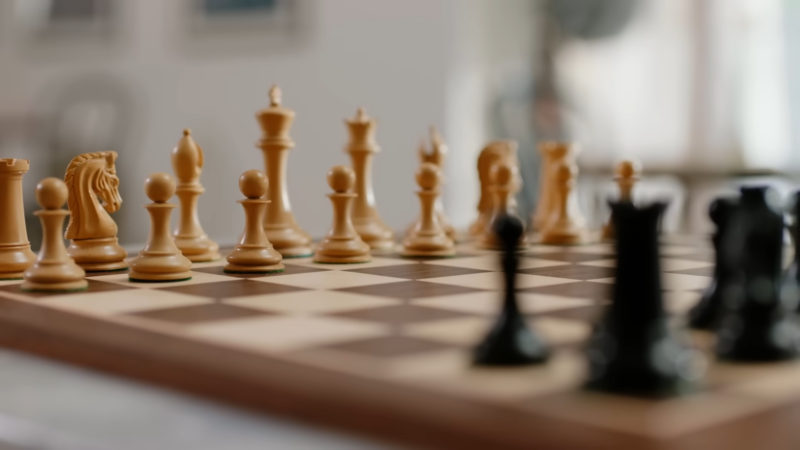
Capturing is a fundamental aspect of chess. It’s how you eliminate your opponent’s pieces, clearing the path for your own to dominate the board. Each piece has its own unique way of capturing. For instance, while the pawn moves straight, it captures diagonally.
The act of capturing isn’t just about removing an opponent’s piece from the board; it’s about gaining a positional or material advantage. Every piece has a value, with the queen being the most valuable and the pawn the least. By capturing higher-value pieces while preserving your own, you tilt the balance of the game in your favor.
But let’s circle back to our kings. Even though they can’t capture each other, they play a crucial role in the capturing dynamics. A piece that threatens the king puts it in “check,” and the game’s rules dictate that a check must be addressed immediately. This can lead to forced captures or moves, often turning the tide of a match.
| Piece | Value |
| Pawn | 1 |
| Knight | 3 |
| Bishop | 3 |
| Rook | 5 |
| Queen | 9 |
| King | Priceless |
Stalemate and Checkmate
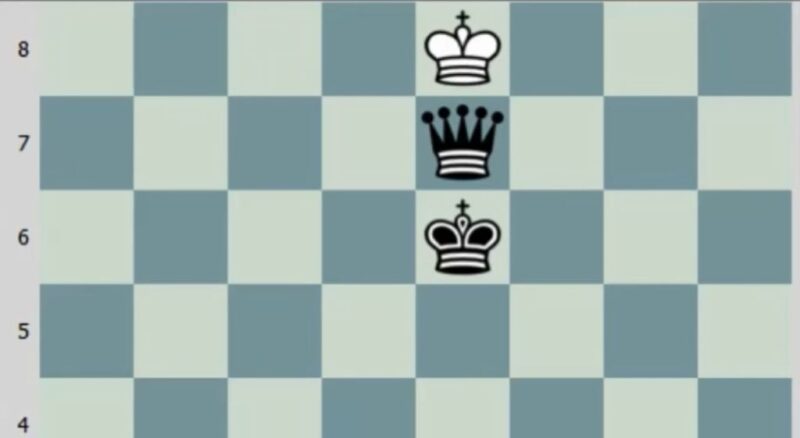
Checkmate: the ultimate goal of every game. It’s the moment when the opponent’s king is in check, and there’s no legal move left to remove that threat. When you achieve checkmate, you’ve effectively cornered the enemy king, ensuring its capture on the next move. However, since the kings never actually “capture” each other, the game ends right there, with a victory for the player delivering the checkmate.
Stalemate: on the other hand, is a paradox. It occurs when a player has no legal moves left, but their king isn’t in check. It’s like being trapped in a room with all exits sealed, but no immediate danger lurking. In chess terms, a stalemate results in a draw. Neither player wins, and it’s a testament to the defending player managing to avoid defeat despite being in a precarious position.
Other Ways to Win in Chess
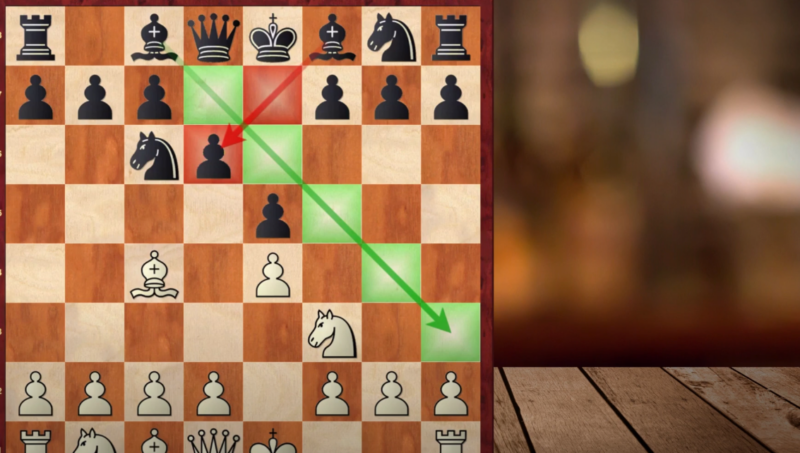
While checkmating the opponent’s king is the most direct path to victory, chess offers other avenues to claim the win.
One such method is through pawn promotion. When a pawn reaches the opposite end of the board, it gets promoted to any other piece (except a king), with the queen being the most popular choice. This sudden upgrade can swing the momentum of the game, especially in the endgame scenarios.
Another way to secure a win is when the opponent resigns. Sometimes, the position on the board can be so unfavorable that continuing would be futile. In such cases, a player might choose to resign, conceding the game to their opponent. It’s a gesture of recognizing the inevitable and saving both players the time of playing out a foregone conclusion.
| Outcome | Description |
| Checkmate | The king is in check with no legal moves left. The player delivering checkmate wins. |
| Stalemate | No legal moves are available, but the king isn’t in check. The game is a draw. |
| Resignation | A player concedes the game, recognizing an unfavorable position. The opponent wins. |
| Draw by Agreement | Both players agree to end the game as a draw, usually when neither sees a clear path to victory. |
Common Misconceptions
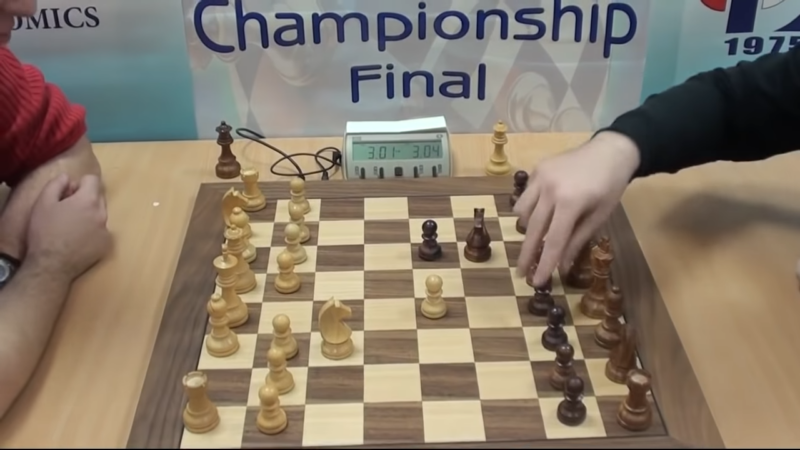
In the world of chess, with its intricate rules and strategies, misconceptions are bound to arise. One of the most prevalent misunderstandings revolves around the kings. Many beginners often confuse the concept of “check” with the idea that one king can capture another.
As we’ve established when a king is in “check,” it means it’s under threat, but not yet captured. The game’s rules dictate that this threat must be addressed immediately, either by moving the king, capturing the threatening piece, or blocking the threat.
Another misconception is the belief that the game’s primary objective is to capture as many of the opponent’s pieces as possible. While capturing pieces can provide a material advantage, the ultimate goal is always to checkmate the opponent’s king. A player could have a significant material lead but still lose if they get checkmated.
Defensive Strategies

The king’s safety is paramount in chess. As a central figure, its well-being often dictates the flow and outcome of the game. Here are some basic strategies to ensure your king remains shielded from threats:
- Castling Early: It’s advisable to castle early in the game, positioning the king behind a wall of pawns and connecting the rooks.
- Central Pawn Structure: Maintaining a solid pawn structure in the center of the board can deter enemy pieces from launching an attack. These pawns act as a protective shield, limiting the avenues of approach.
- Avoiding Unnecessary Movement: In the early and middle stages of the game, it’s generally a good idea to limit the king’s movement. Moving the king unnecessarily can expose it to threats and also forfeit the opportunity to castle.
- Using Other Pieces for Defense: While it’s essential to develop your pieces and maintain an active position, always be mindful of the king’s safety. Knights, bishops, and rooks can serve as effective defenders, warding off potential threats.
- Staying Alert to Back Rank Threats: A common tactic, especially among beginners, is the back rank checkmate. Ensure that your king has an escape square or that your rooks and queen are positioned to prevent such threats.
FAQ
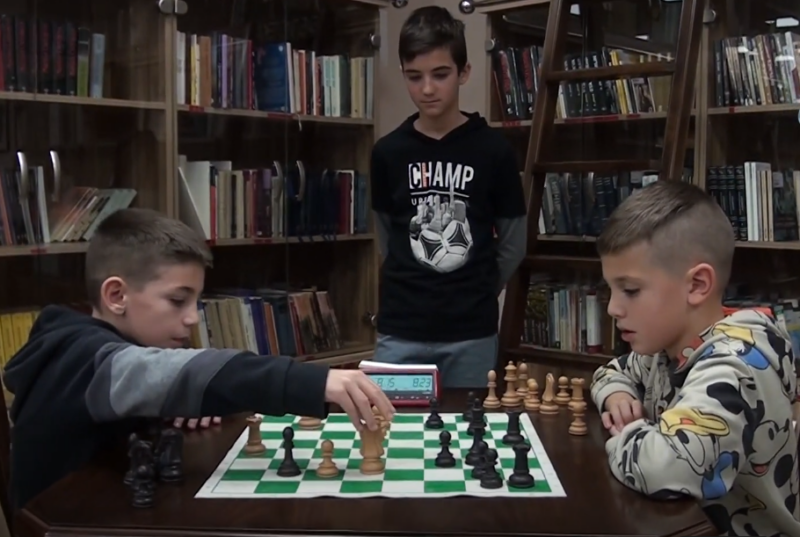
Why can’t two kings stand next to each other on the chessboard?
If they were allowed to be adjacent, one king would be putting the other in check, which is not permissible. This rule ensures that kings maintain a respectful distance, adding a layer of strategy to the game.
What happens if only the two kings are left on the board?
The game ends in a draw. This is because neither can checkmate the other without the aid of another piece, making it impossible for either player to win.
How can I practice ensuring my king’s safety during a game?
A combination of understanding opening principles, recognizing potential threats, and employing defensive strategies like castling. Playing regularly, studying grandmaster games, and solving tactical puzzles can help improve your ability to safeguarding.
Are there any specific openings that prioritize king safety?
Yes, many chess openings prioritize safety. For instance, the Indian Defense and the King’s Gambit are openings where safety is a primary concern. However, regardless of the opening chosen, it’s crucial to be mindful of potential threats and ensure the king’s security throughout the game.
Conclusion
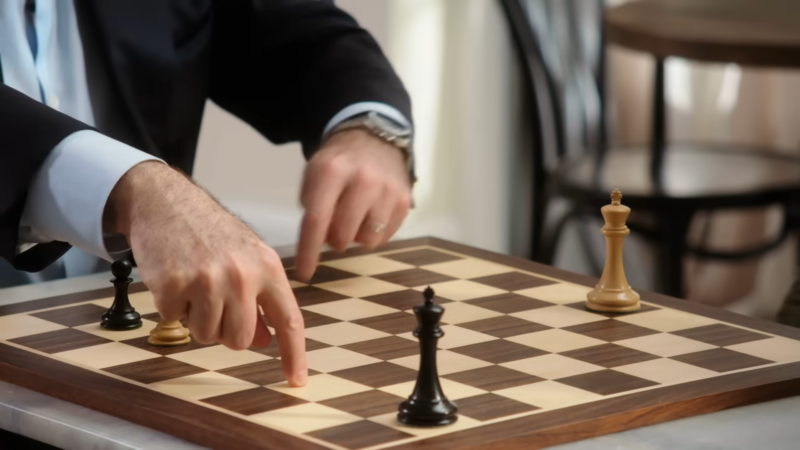
Chess, a game of strategy and intellect, has captivated minds for centuries. At its core, it’s a battle between two players, each vying for dominance, with the kings serving as the central figures.
While the objective is to corner the opponent’s king, it’s essential to remember that kings never capture each other. Instead, they remain the heart of the game, influencing moves and strategies. As we’ve explored, there are various facets to the game, from the unique movements of pieces to the strategies employed to ensure victory.
But one thing remains constant: the respect and importance given to the kings. So, as you venture further into the world of chess, always remember the significance of the king and the myriad strategies that revolve around it.
Chess is recognised as one of the hardest games , alongside the billiar.
Happy playing!

